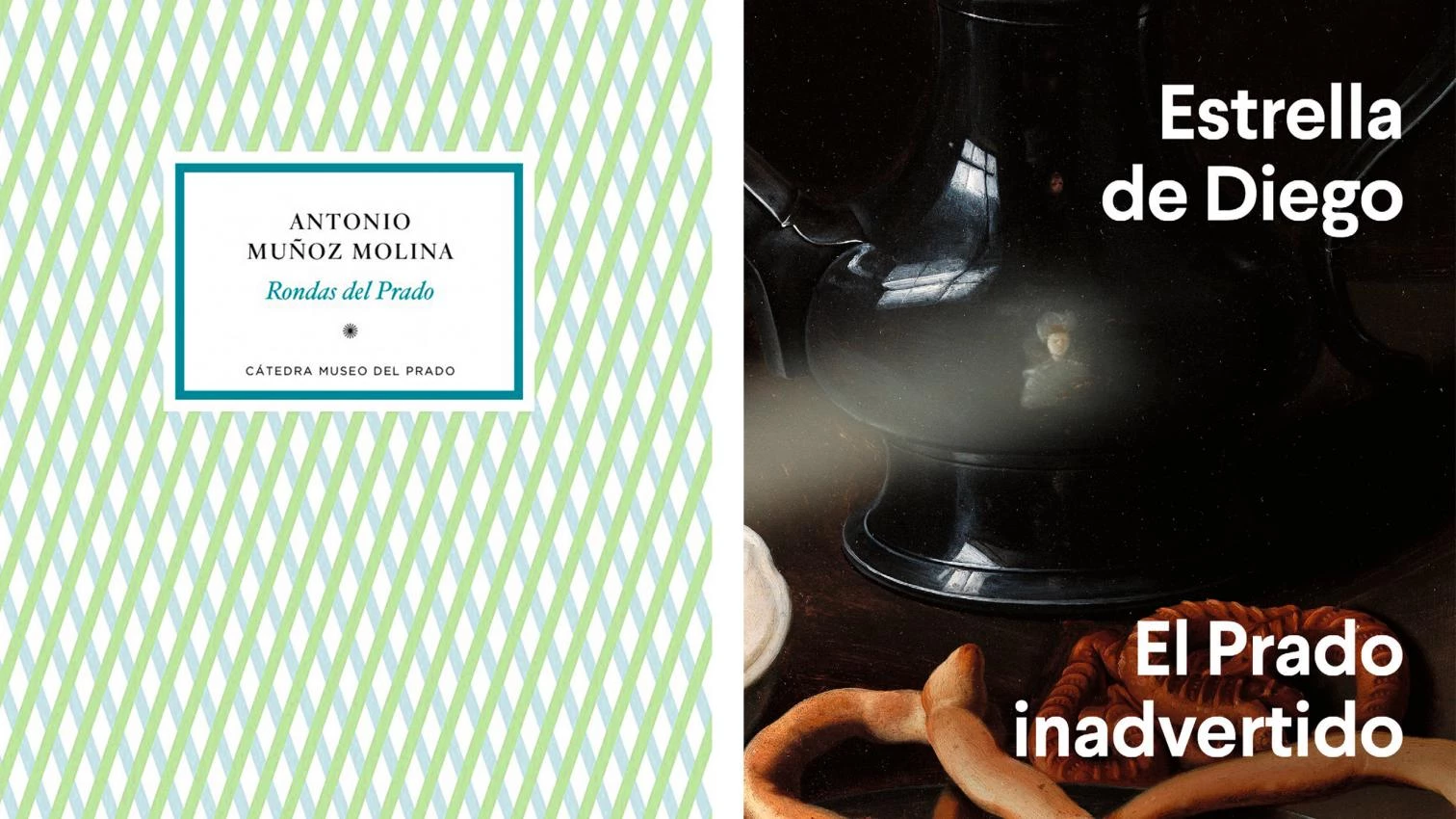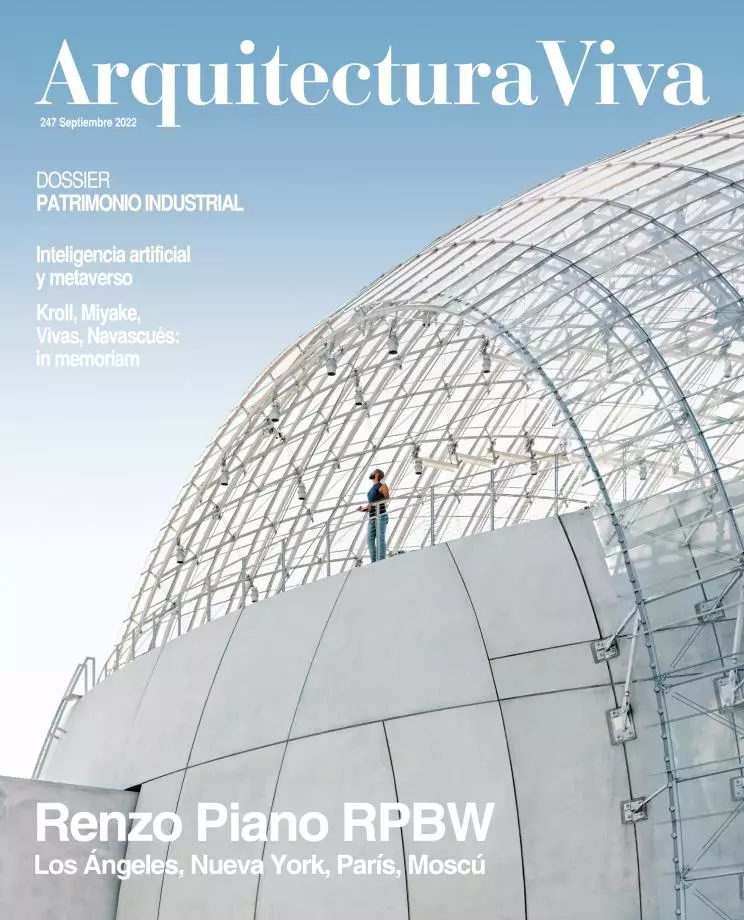
Published at the same time, the books that the art historian Estrella de Diego and the writer Antonio Muñoz Molina have devoted to the Prado may seem like parallel endeavors, but could not be more different. Both arose from invitations to give seminars and lectures at the museum, both are written in the first person, and both start and end with Las meninas, a work mentioned in all chapters of the book by De Diego. The two authors are about the same age, and have plenty of international experience, with New York City as center: De Diego (1958) taught at NYU and Muñoz Molina (1956) lived in the Big Apple for almost two decades, so while the MoMA often appears in the text of the former, the latter attributes a good part of his art education to the Metropolitan, the MoMA, and the other New York museums.
Notwithstanding the similarities, these works seem written by people of different generations, and the contrast extends to the editorial presentation. Muñoz Molina’s book, well illustrated and including a generic bibliography and alphabetical index that makes it easier for a wide audience to read, is an intelligent and enjoyable walk through the collections of the museum, publisher of the volume; De Diego’s, image-less and accompanied by a bibliographic note that lists its critical sources, is an introspective and digressive monologue that seems whispered, with her transgressive eye guiding us through an unexpected Prado, and its release by Anagrama pulls it out of the institutional sphere.
Rondas del Prado is a humanistic work of the old school, attentive to how paintings change in meaning when brought into museums, with a fine ear for the invisible stories harbored there, fascinated by the transit between the real and the imagined in paintings, and interested in the material details of the craft, the artisanal knowledge that also nourishes the restoration workshops. Here Muñoz Molina revisits his old devotion to art history, and with curiosity and hard work uses the museum commission to prepare his lectures, which have resulted in an informative and readable book that makes us part of his voyage of discovery.
El Prado inadvertido, for its part, applies the author’s gender-sensitive, post-colonial, and post-structuralist approach to bring out “female painters, Afro-descendants, those who are different or excluded, still lifes, the 19th century…,” and the pages inevitably feature Sofonisba Anguissola, Artemisia Gentileschi, Clara Peeters, and Rosa Bonheur, the lesbian French artist “whose sexual choice seems to have overshadowed her works,” among them the portrait of an African lion, titled El Cid, now rescued from storage and on display. But the historian also tackles academic works like El Cid’s Daughters or Queen Joanna the Mad, stops before the statue of Hermaphrodite, follows the footsteps of slaves and mulattoes, and wonders where in the Prado is America, a question she leaves unanswered as she leaves the museum and “the afternoon empties indolently into the night.”








